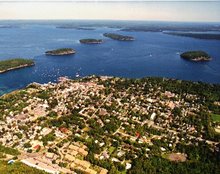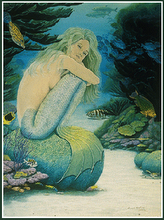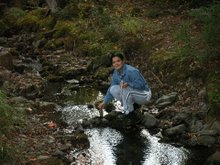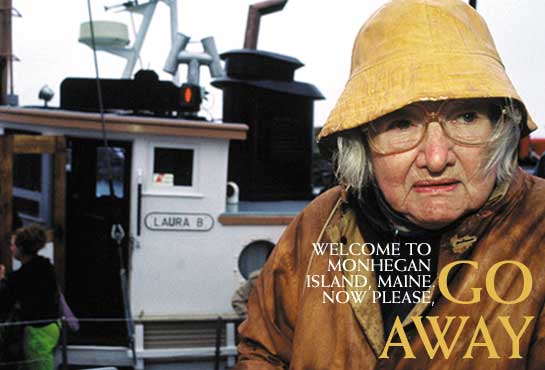Bar Harbor, Maine: "The Dorr Museum" - Shell shockers
 Sitting on a little bench in front of a flat-screen TV at College of the Atlantic’s George B. Dorr Museum, Lynn Havsall, a zoologist and manager at the Bar Harbor museum, watched a video loop of a green sea turtle, camera affixed to its shell, paddling evenly across the ocean floor off the coast of Hawaii.
Sitting on a little bench in front of a flat-screen TV at College of the Atlantic’s George B. Dorr Museum, Lynn Havsall, a zoologist and manager at the Bar Harbor museum, watched a video loop of a green sea turtle, camera affixed to its shell, paddling evenly across the ocean floor off the coast of Hawaii.
"I can feel my blood pressure lowering just watching it," said Havsall. "You think of turtles as being very slow, but sea turtles can move incredibly fast. They’re perfect swimmers."
At the Dorr Museum, the humble terrapin is the subject of a kid-centric exhibit called "Turtle Travels," which will run through Sept. 10. The show is on loan from the EcoTarium in Worcester, Mass., and is the first traveling exhibit the museum has hosted.
Havsall and her art professor colleague Dru Colbert were instrumental in bringing the show to COA, and felt it spoke to the school’s mission.
"We liked this exhibit because it deals with environmental issues," said Colbert. "The biggest threats to turtles here in Maine are people building in wetlands."
"It’s also great for kids," said Havsall. "It’s interactive, so kids stay interested, and parents get a closer look at things than they normally would."
"Turtle Travels" explores these issues through a series of hands-on stations, that educate about turtle anatomy and the different habitats that they live in. Several illustrated panels along the wall show the ways that turtles appear in mythology around the world — from the story of the African trickster god Anansi being outsmarted by a turtle, to the Native American myth of the giant turtle on which the Earth rests. Naturally, one of the most popular stations is the tank of live turtles, on loan from the Maine Discovery Museum in Bangor. Swimming around in the U-shaped aquarium is a spotted turtle and a brightly colored painted turtle, both of which are native to Maine.
Naturally, one of the most popular stations is the tank of live turtles, on loan from the Maine Discovery Museum in Bangor. Swimming around in the U-shaped aquarium is a spotted turtle and a brightly colored painted turtle, both of which are native to Maine.
"The kids really love that one," said Havsall. "You can get underneath it and look up at them and see the bottoms of their shells."
There are seven species of turtle common to Maine: snapping, musk, eastern painted, spotted, Blanding’s, wood and eastern box turtles. Spotted and snapping turtles are easy to find, while Blanding’s and wood turtles have been marked as species of special concern — the wood turtle in particular, thanks to its ornate shell, which makes it a prime target for those looking for a pet. One little-known fact is that several species of sea turtle actually make their way into the Gulf of Maine."In the warmer months, you sometimes get green sea turtles or leatherbacks, though they stay pretty far out," said Havsall.
Both Colbert and Havsall think turtles of all kinds — land and sea, from Maine and from across the world, are an excellent way to explain ecology to kids.
"They are the vehicle through which we explore these issues," said Colbert. "Turtles are so tied to their habitats that when we build in wetlands they show very dramatically the effect it can have on the environment."
The Dorr Museum is open by appointment through mid-June, when it is open from 10 a.m. to 5 p.m. Monday through Saturday until Labor Day.
For information, call 288-5015 or visit











No comments:
Post a Comment